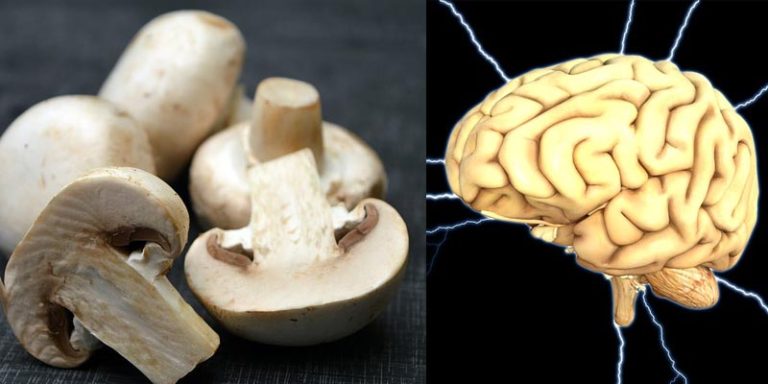Introduction
A well-crafted sauce can transform any dish from ordinary to extraordinary. Whether you’re drizzling it over grilled meats, tossing it with pasta, or serving it as a dipping delight, your signature sauce is your culinary calling card. In this guide, we’ll explore how to create a signature sauce that showcases your taste, your creativity, and your personality in the kitchen. From understanding the core building blocks to experimenting with flavors and textures, you’ll gain the confidence to develop a sauce recipe that friends and family will rave about.
Why a Signature Sauce Matters
A signature sauce sets you apart:
- Personal Style: Like an artist’s brushstroke, your sauce reflects your flavor preferences.
- Versatility: A great sauce works with many dishes—meat, seafood, grains, and veggies.
- Memorable Dining: Guests remember meals for the flavors that linger on their palate.
- Kitchen Confidence: Mastering sauce-making builds your overall cooking skills.
By investing time in perfecting one standout sauce, you create endless meal possibilities with minimal effort.
The Five Building Blocks of a Great Sauce
Every successful sauce balances five key elements:
- Acidity
- Purpose: Brightness and lift.
- Sources: Vinegars (balsamic, apple cider), citrus juice (lemon, lime), wine.
- Fat
- Purpose: Smooth mouthfeel and flavor carrier.
- Sources: Butter, cream, olive oil, coconut milk.
- Aromatics
- Purpose: Depth and complexity.
- Sources: Onions, garlic, shallots, ginger, fresh herbs.
- Umami
- Purpose: Savory richness.
- Sources: Soy sauce, miso paste, Parmesan cheese, mushrooms.
- Seasoning
- Purpose: Balance and enhancement.
- Sources: Salt, pepper, spices (paprika, cumin), sugar or honey for counterpoint.
Combine these thoughtfully, and you have the building blocks for any style—Italian, Asian, barbecue, or fusion.
Step-by-Step: Crafting Your Homemade Sauce Recipe
1. Choose Your Base
Decide on a liquid foundation:
- Tomato Base: Crushed canned tomatoes, tomato paste, or fresh purée.
- Cream Base: Heavy cream, Greek yogurt, or coconut milk.
- Oil/Vinegar Base: Olive oil with vinegar or citrus.
2. Add Aromatics
- Sauté First: Gently cook minced garlic, onions, or shallots in oil or butter until fragrant (1–2 minutes).
- Fresh vs. Dried Herbs: Fresh herbs (basil, cilantro) added near the end; dried (oregano, thyme) added earlier.
3. Build Flavor
- Umami Boosters: Stir in a spoonful of soy sauce, miso, or fish sauce for depth.
- Spice It Up: Add chili flakes, cayenne, or black pepper to taste.
4. Balance with Acid and Sweetness
- Acid: Stir in vinegar or citrus juice gradually—start with a teaspoon, then adjust.
- Sweetness: A pinch of sugar or drizzle of honey tames acidity and rounds flavors.
5. Thicken or Thin
- Thicken: Simmer gently to reduce, or whisk in a cornstarch slurry (1:1 cornstarch to cold water).
- Thin: Add broth, water, or cream until you reach your desired consistency.
6. Season to Taste
- Salt Last: Enhances other flavors—add sparingly, then taste and adjust.
- Final Herbs: Fold in fresh herbs at the end for bright, fresh notes.
7. Rest & Serve
- Resting: Let your sauce chill or sit for 10–15 minutes to allow flavors to meld.
- Serving: Warm lightly before serving, then garnish with fresh herbs, citrus zest, or a drizzle of high-quality oil.
Six Styles of Signature Sauces to Inspire You
- Classic Marinara: Tomatoes, garlic, basil, and olive oil—Italian comfort in a bowl.
- Creamy Alfredo: Butter, heavy cream, Parmesan, and black pepper—a rich, velvety delight.
- Tangy Barbecue: Tomato base, brown sugar, apple cider vinegar, smoked paprika—perfect for grilled meats.
- Zesty Chimichurri: Parsley, cilantro, garlic, red pepper flakes, olive oil, and vinegar—ideal with steak.
- Spicy Sriracha Mayo: Mayonnaise, sriracha, lime juice, and a touch of honey—great for sandwiches and fries.
- Nutty Satay: Peanut butter, coconut milk, soy sauce, lime juice, and ginger—brings Asian flair to chicken and veggies.
Pick one style as your starting point, then tweak ingredients to make it uniquely yours.
Tips for Scaling and Storing Your Sauce
- Batch Cooking: Double or triple your recipe and freeze in ice-cube trays for single-serve portions.
- Proper Containers: Use airtight glass jars to maintain freshness and prevent metallic tastes.
- Label and Date: Keep track of when you made each batch—most homemade sauces last 5–7 days in the fridge.
- Reheating: Warm gently on the stove or in the microwave, stirring halfway through to prevent scorching.
Having your signature sauce on hand makes weeknight cooking effortless and consistent.
Troubleshooting Common Sauce Problems
- Too Thin: Simmer longer to reduce, or add a small amount of cornstarch slurry.
- Too Thick: Stir in broth, water, or milk by the tablespoon until you reach the right flow.
- Lacks Flavor: Check seasoning—add salt, acid, or sweetener incrementally.
- Overly Salty: Dilute with unsalted stock, tomato purée, or cream.
- Bitter Taste: Counter with a pinch of sugar or sweet ingredient like honey.
Adjust patiently—small tweaks lead to big improvements.
Pairing Your Signature Sauce with Foods
- Pastas & Grains: Toss sauces with cooked pasta, rice, quinoa, or couscous for quick meals.
- Proteins: Glaze chicken, fish, pork, or tofu with your sauce for instant flavor.
- Vegetables: Drizzle over roasted, steamed, or grilled vegetables to elevate simplicity.
- Dips & Spreads: Serve as a dip for breadsticks, crackers, or vegetable sticks at gatherings.
Versatility is key—your sauce should feel at home on many plates.
Conclusion
Crafting your own signature sauce is a journey of flavor exploration that pays off at every meal. By mastering the five building blocks—acid, fat, aromatics, umami, and seasoning—you can create a versatile homemade sauce recipe that complements countless dishes. Start with a single style, experiment with ingredients, and don’t be afraid to tweak until it sings. Scale up batches for easy meal prep, and store wisely to enjoy your culinary creation all week long. With these culinary sauce tips, your kitchen will become a launchpad for delicious meals and memorable moments. Your signature sauce awaits—let it be the masterpiece that defines your cooking style.










